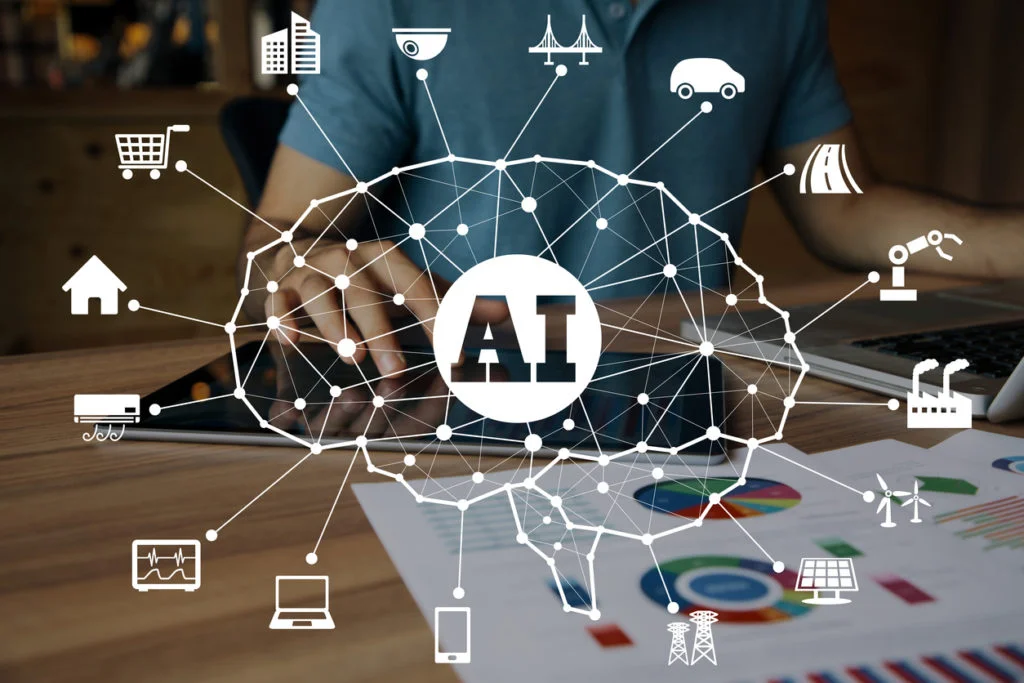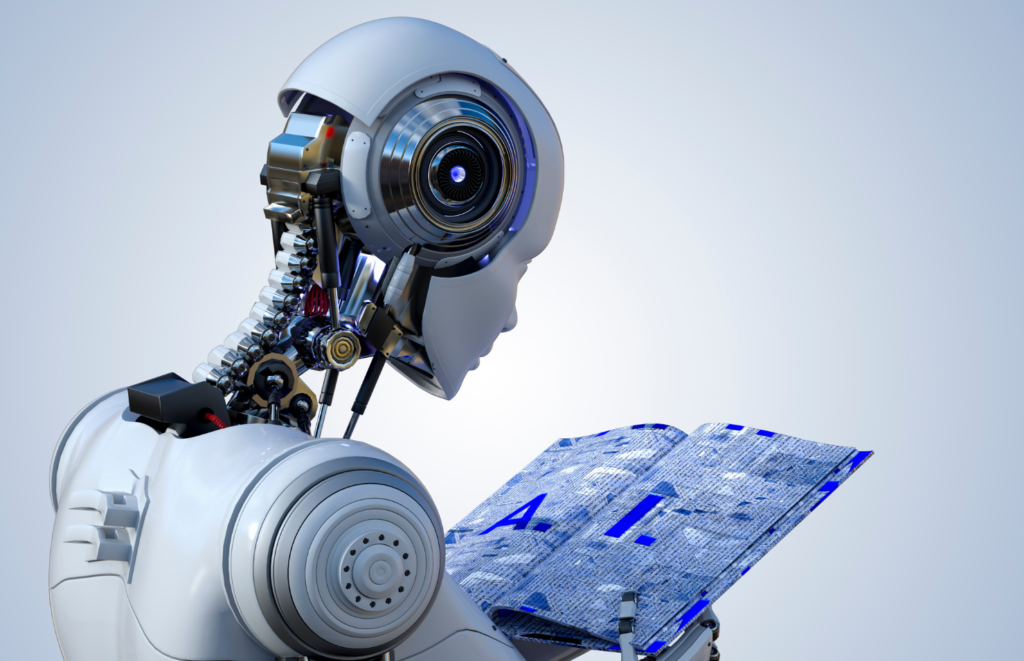Decentralized applications, or dApps, are evolving at a greater pace than ever before. Blockchain has become a critical tool that nearly every company is exploring as a part of their innovation strategy. In fact, 2018 is expected to become the year businesses start to focus on leveraging blockchain technology to its full potential.
If you’re looking to gain a competitive edge for your business, the time to invest in blockchain is now. Here are the top 5 trends in blockchain application development we expect to see in 2018 and beyond.
1. Blockchain and Artificial Intelligence (AI)
One of blockchain’s most promising use cases lies in the fact that it has to potential to facilitate certain parts of an AI implementation. In order for AI to function, machines require access to big data. Up to now the processing of big data has not been economically viable. However, with the support of the blockchain, this may all change.
Blockchain can provide the data authentication on which AI models depend since the data stored on the ledger can not be changed and is available publicly. That makes data stored in a blockchain more relevant than data that is delivered on unproven platforms that have embedded errors.
2. Blockchain and Internet of Things (IoT)
Since the beginning of 2018, analysts have been predicting that IoT dApps might just become the next key development in blockchain application development. By 2019, 20% of all IoT deployments are predicted to have at least basic levels of blockchain services enabled.
IoT security flaws generally revolve around three major events: authentication, connection, and tractions. Thanks to these vulnerabilities, already hackers have managed to take control of implanted cardiac devices, disable cars remotely, and launch the largest DDos attack to date.
Given that security is one of the main challenges of IoT, as well as, data integrity, it goes without saying that blockchain could potentially revolutionize this sector. Blockchain technology makes it possible to stabilize complex IoT systems. It also eliminates the risk of single points of failure for an IoT network as a result of malicious attacks.
3. Not Just Ethereum
As the fundamental flaws of the Ethereum blockchain reveal its highly inefficient usage of the blockchain’s processing power, other blockchains are emerging to fill the gap. Instead of Ethereum, dApp developers are turning to other blockchains, such as NEO and Hyperledger.
NEO offers an advantage over Ethereum because instead of proof-of-work, it makes use of an energy-efficient consensus mechanism known dBFT (decentralized Byzantium Fault Tolerant). As a result, NEO can process transactions at a much faster rate of 10,000 transactions per second.
Additionally, it also supports more computer languages while developers can only use Solidity for Ethereum developer. NEO supports ava, C#, and soon Python and Go, making it a more accessible option for startups and established businesses who are looking to hire dApp developers.
Hyperledger offers a major advantage over Ethereum because it allows developers to create dApps with private blockchains, as well as, permissioned blockchains. Hyperledger offers low node-scalability which enables high performance scalability. With Hyperledger, nodes can also assume different roles and tasks in order to reach consensus which enables fine-grained control over consensus.
4. Usability
While blockchain projects have mostly been focused on taking advantage of the versatility of blockchain technology, usability has been severely overlooked. This year, you can expect to see new projects that aim to make things easier for everyone, for end-users, as well as, developers.
New platforms are making things easier for developers with functional programming languages and easy-to-deploy and customizable blockchains. On the user end, the end goal is for users to not even know that they are using blockchain technology. For example, blockchain developers are building on platforms, which don’t require users to pay fees.
5. Decentralized Data
The Cambridge Analytica scandal that engulfed Facebook this year was only a sign of things to come with regard to how company collect, store and access consumer data. Consumers are not happy that that companies are selling their data to third-parties using unethical and insecure means. As a result, companies who utilize data for the purposes of model building for AI are also being pushed towards leveraging blockchain.
Blockchain levels the playing field by giving companies the data for the purpose of model building while giving data owners the right to restrict access or grant permissions to the data. This year and in 2019, you can expect to see dApps emerge that will allow consumers to have greater control and monetize the data that they create.
Final Thoughts
There’s nothing but opportunity ahead for businesses who want to utilize blockchain. However, most blockchain application development trends in 2018 require more than just developers. You’ll also need to make changes to your workforce, as well as, your overall business strategy in order to effectively leverage the benefits of blockchain technology.
Achievion’s blockchain practice is always at the forefront of the latest dApp and decentralized platform trends. Find out more about our blockchain advisory and development services or let us know about your project by contacting us. We’ll work with you to find the best solution for your business.









